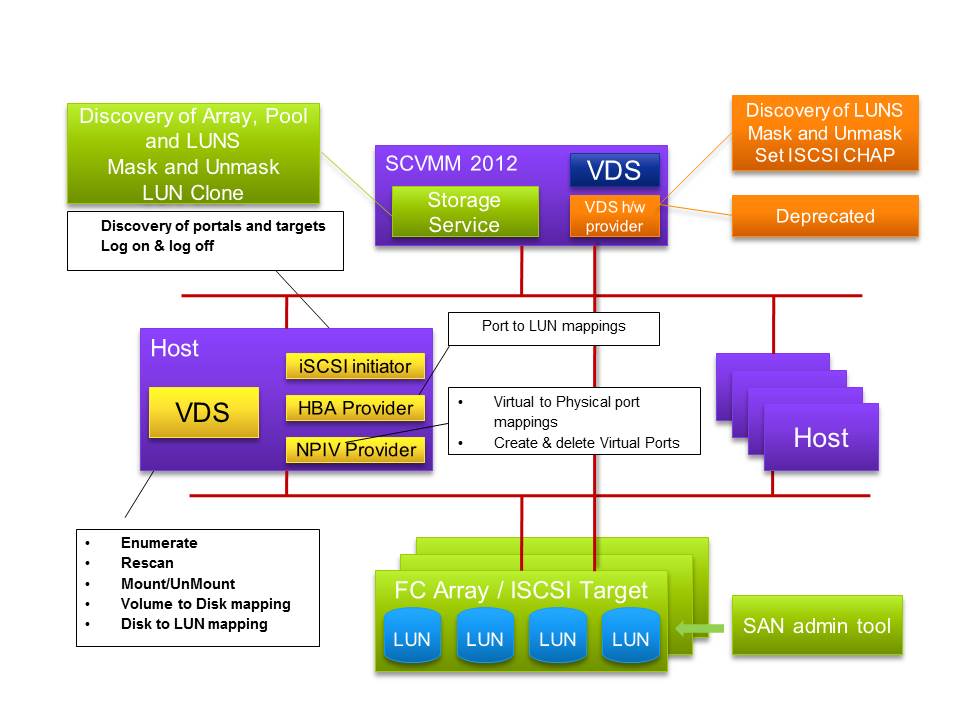When talking to IT pros about the cloud and you’ll hear things like: “What is the cloud? Is it just a set of fancy catchphrases that’s kind of lacking technical backing?” or “I see these public cloud offerings as a way for many teams and organizations to kind of go around IT.” These come with clear angst with questions like: “How does it impact my job? How does it impact me personally? How does it impact my IT organization? “
The cloud provides opportunity for you personally in your careers, and it certainly provides opportunity for you to advance and differentiate your businesses.
Microsoft has been focused on making the cloud approachable for IT pros. And the typical way that Microsoft approaches a problem, identifying how to bring private cloud to market in a way that simplifies the concept, simplifies how you use it, simplify how you deploy it. What you’re going to see throughout the sessions this week is what Microsoft has done is make the cloud very approachable for partners and customers.
When we talk about the cloud, we are talking about a computing model, not a location. So, when we talk about the cloud, we’re not talking about necessarily the public cloud or the private cloud, we’re talking about the model that underlies wherever the cloud may be running.
Now, there are a certain set of attributes and characteristics that are just fundamental and core to cloud computing. Things like the ability to offer a self-service experience so that the application or service owners can do real-time deployment of the services. It runs on a shared infrastructure, and a part of our job is to make sure that we’re taking the fullest advantage of that shared infrastructure.
Cloud computing builds applications that are able to dynamically expand and contract as the business needs. And then, finally, it’s usage-based, meaning that you can track what’s being used in terms of storage, compute, network, bill back, if you want to, and at least at a minimum, show back so that the service owners, the business units understand what the cost is of what they’re consuming. These are the core attributes of the cloud.
With that said – cloud computing is the on-demand delivery of applications as standardized IT services, and inherently has four key attributes:
- Pooled Resources: As mentioned earlier, we often hear that cloud computing is just big virtualization. It’s not. Cloud Computing uses virtualization but it adds significantly to virtualization. It pools those resources together and allows you to dynamically provision and scale applications.
- Self Service: Once you pool your resource, Cloud Computing provides a self-service way for the business to get at those resources or more specifically by providing self-service IT infrastructure to business units and departments with an SLA. This forces service-level discussion and removes the burden to procure, provision and manage infrastructure on a per application, ad-hoc basis
- Elastic: Scale up (or scale down) dynamically as resource needs change, enabling faster delivery of capacity.
- Usage Based: Paying for only what you use, when you need to use it
What are some of the biggest benefits of the cloud?
- Focus: This is about having more people able to focus on higher-level parts of the stack, managing those applications SLAs, rolling out new applications, and not having to worry about the underlying infrastructure.
- Agility: This is not only about being able to deliver the applications more quickly to your users and to your customers, but also being able to respond to changes in demand. So, the next time the marketing department launches a campaign, doesn’t tell anybody and the company website infrastructure lacks necessary scalability for increased demand; it’s very easy to scale that out quickly to meet that demand.
- Economics: Because you’re running multiple workloads on the same overall infrastructure, you get better utilization across those applications. And because the Cloud pools together these resources, you can buy broader sets of resources at one time, lowering the overall cost. So, for agility and focus and economics, you have great motivation to move to the Cloud, and those benefits accrue to both public and to private Cloud Computing.
Cheers,
Marcos Nogueira
Azure MVP
azurecentric.com
Twitter: @mdnoga



Comments